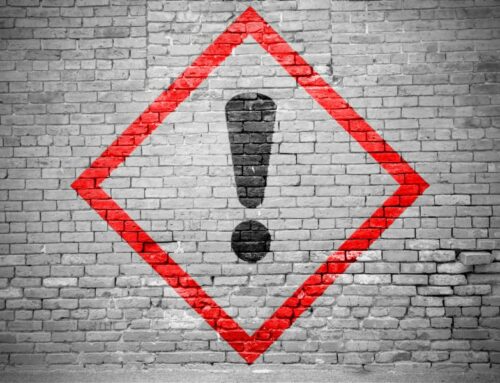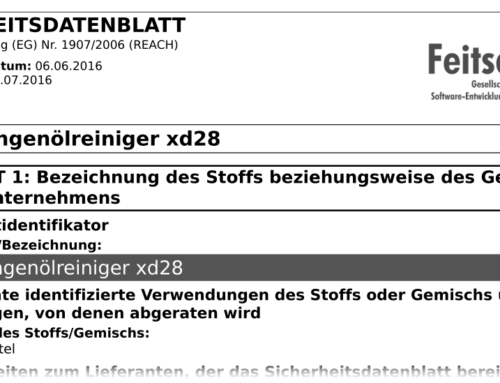DNEL and PNEC values can increasingly be found in safety data sheets. What then distinguishes these values from occupational exposure limit values (OELVs) and biological limit values (BLVs)?
In contrast to the German occupational exposure limit values and biological limit values, DNWL and PNEC values are derived from a European Regulation, whereby the DNEL values are similar to occupational exposure limit values and PNEC values are akin to biological limit values in terms of their meaning. DNEL and PNEC values substances can be found both in the substances safety report, as well as in the safety data sheet, section 8.1. These values are substance-related and form part of the registration and evaluation of chemical substances in accordance with REACH.
DNEL – Derived No-Effect Level
DNEL is the “derived no-effect level of exposure to a substance above which humans should not be exposed” (Regulation (EC) No. 1907/2006 (REACH Regulation)). DNEL values are based on the classification and labelling of a hazardous substance in the following groups of effects:
- Acute effects (acute toxicity, irritation and corrosivity)
- Sensitisation
- Repeated dose toxicity
- CMR effects (carcinogenity, mutagenicity and toxicity for reproduction)
PNEC – Predicted No-Effect Concentration
PNEC means “predicted no-effect concentration with no adverse effect” (Regulation (EC) No. 1907/2006 (REACH Regulation)). Under consideration are the potential effects on various environmental spheres (water, air, soil, accumulation through the food chain) as well as the potential effect on the microbiological activity of sewage treatment systems.
Sources: Regulation (EC) No. 1907/2006 (REACH Regulation), as of 03/02/2016;
TRGS 900, as of 29/06/2015; TRGS 903, as of 9/11/2015






